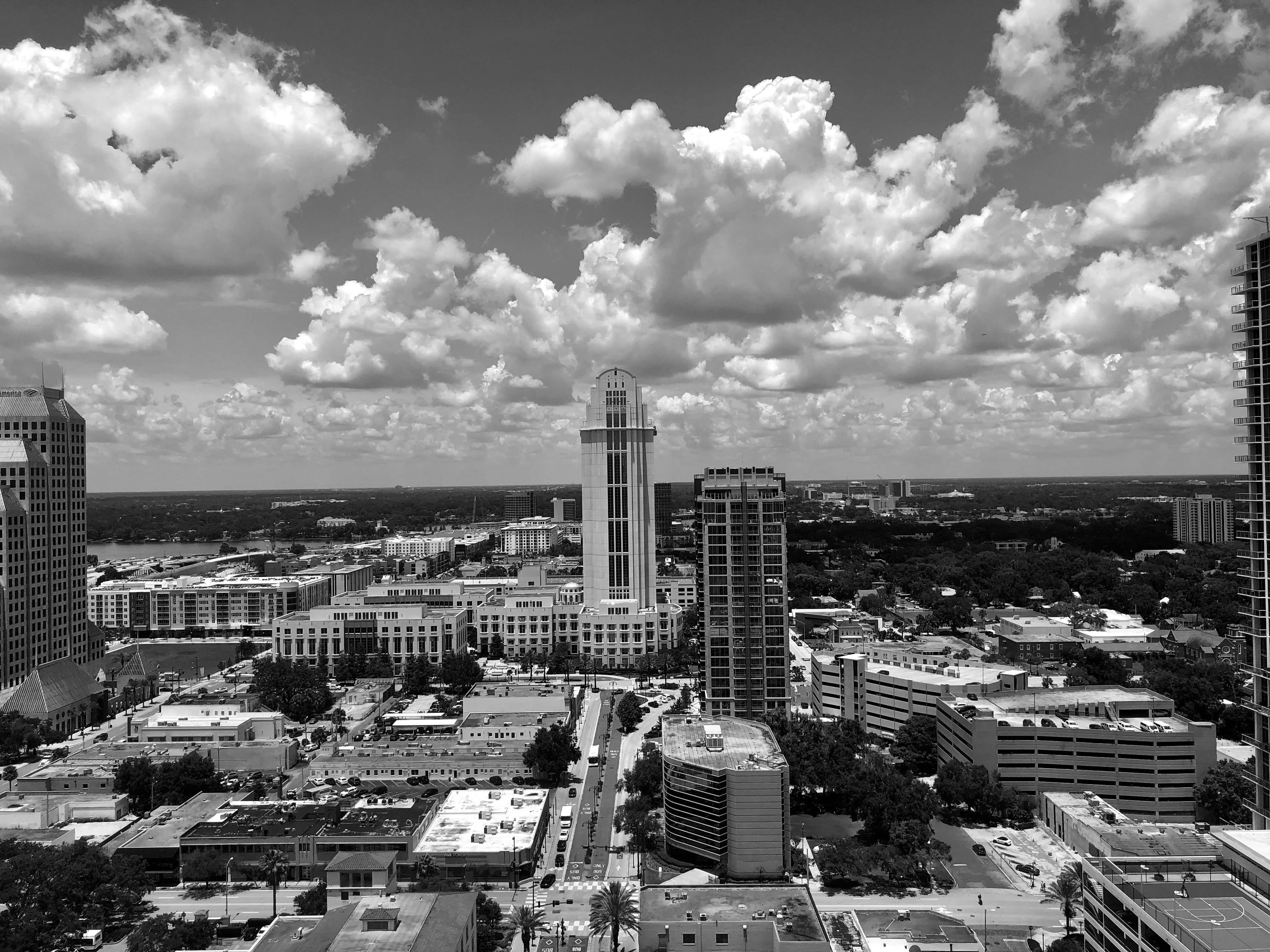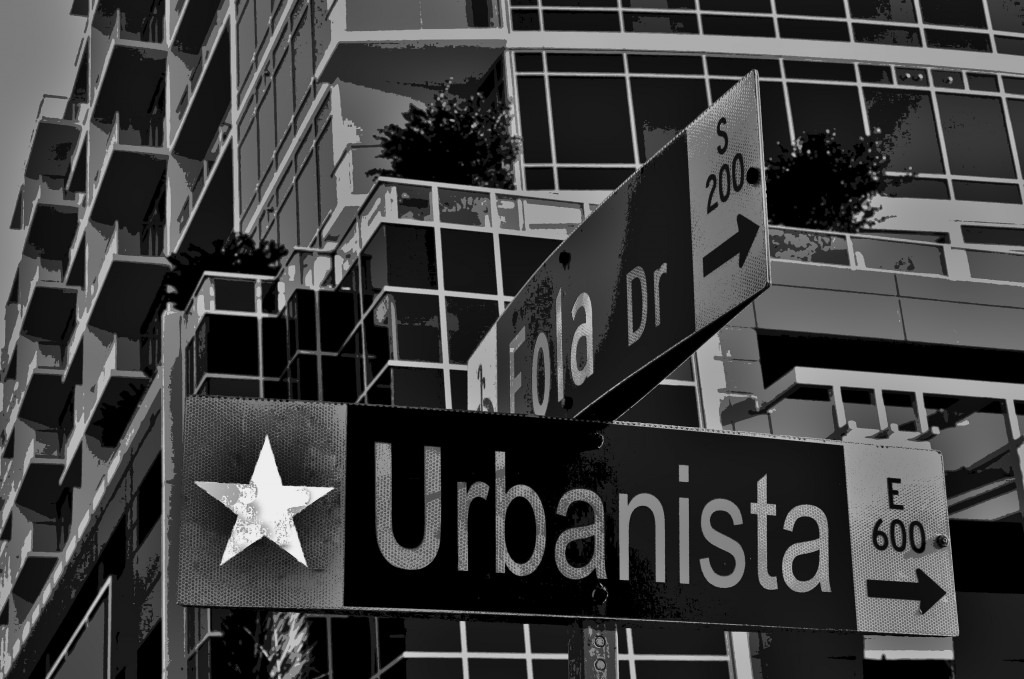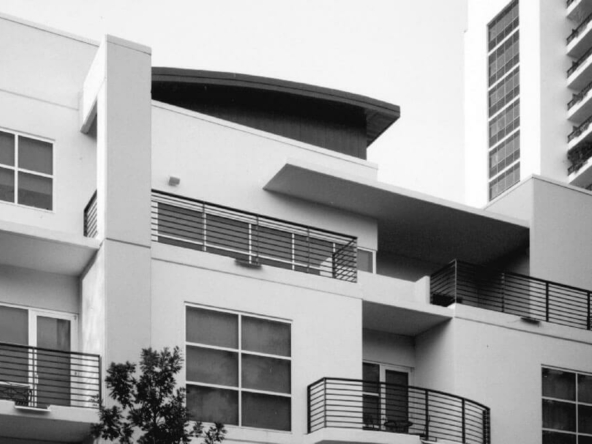Orlando-area home-resale prices have risen more in the past 12 months than they would typically increase during five years of steady appreciation.
Existing-home prices in the core Orlando market during May hit a median of $148,000 — up 23 percent from a year ago and up 3.1 percent from just a month earlier, according to a report released Monday by the Orlando Regional Realtors Association.
Perhaps more remarkably, prices have increased 37 percent since the start of last year.
Orlando real-estate broker Claudia Panella, who represents both domestic and international buyers, said she sees few signs of the market slowing down.
“I can tell you from the listings I am putting up for sale, they are not lasting more than two to four days on the market — and people are willing to pay more than the asking price,” she said.
Even though homeowners may celebrate the robust price growth, which comes on the heels of a five-year housing bust, the run-up in price since January 2012 raises questions about whether the local market is headed for another letdown. Some experts cautioned Monday that prices will soften as banks release more foreclosure properties onto the market.
One indication that house prices may continue to appreciate, though, is that they are still far below where they would have been if the housing bubble had never occurred and values had instead ticked up at their long-term average rate of 3 percent a year, said Stan Smith, a finance professor at the University of Central Florida.
“Until we get up to around 2004 price levels, I’m not sure these increases are a problem,” said Smith, who studies housing appreciation. “We are probably at about 77 percent of where we would be if we had never had a bubble and it appreciated at 3 percent a year.”
One of the main factors driving the fast-escalating prices is simply the type of house that has been selling.
For years, distress properties defined the market, with foreclosures and short sales accounting for more than half of all sales in the Orlando Realtors’ core market, which consists mostly of Orange and Seminole counties.
But by May, the market had shifted so much that distress sales accounted for only 40 percent of the month’s closings. That decline in sales of “underwater” homes meant that those lower-priced properties were less of a drag on the area’s median sales price.
“The relative good news about inventory is that there was a 10 percent increase in the number of new listings that came on the market in May, the majority — 65 percent — of which were ‘normal’ sales,” said Steve Merchant, chairman of the Orlando Regional Realtor Association and the broker-owner of Global Realty International Inc. in Orlando.
The faster the market works through its supply of distress properties, the sooner prices overall will reflect the value of conventional properties. Last month, the median price of the conventional deals was $180,000 — more than $30,000 higher than the median paid for the underwater houses, which sold for a discount.
According to Smith, the gap between current prices being paid for conventional homes and estimates of where those prices would have been had never been a bubble remains wide — a difference of about $53,000, according to his calculations.
May’s price increases did little to deter sales. Members of the Orlando association closed on 2,855 homes last month, an increase of 15.6 percent from a year earlier and 3.1 percent from a month earlier. Single-family home sales rose 17 percent, while condos sales increased 8 percent compared with May 2012.
As a result, the supply of homes available for purchase was enough to last only 2.55 months at the current pace of sales — less than half what is considered healthy for a market. A month earlier, the area had enough listings to last 2.6 months.
May’s home purchases closed in an average of 68 days — the smallest sales window since August 2006, when the housing market was about at its peak. The homes that sold in April had been on the market an average of 76 days.
In contrast, during the Great Recession, in March 2008, Orlando-area houses had sat on the market for an average of 128 days before selling.
The current fast-paced sales environment and slim supply suggest there is room for banks to add more of the region’s many foreclosed properties to the market without tamping down prices, Smith and others said. They have also cautioned, however, that this “shadow inventory” — houses headed to foreclosure or already repossessed by the banks — could soften prices if properties are dumped onto the market too quickly.



